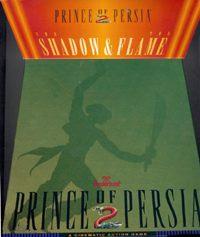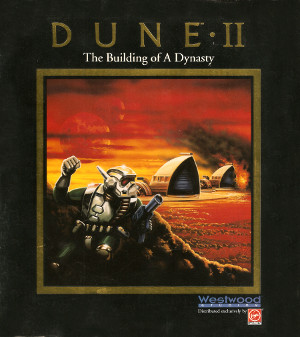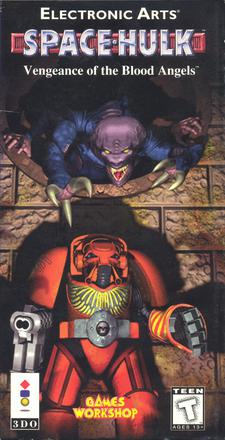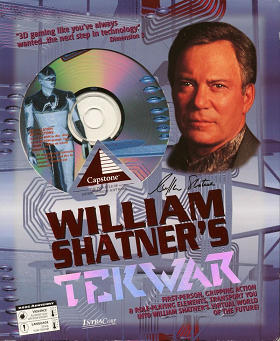
Duke Nukem 3D is a first-person shooter video game developed by 3D Realms. It is a sequel to the platform games Duke Nukem and Duke Nukem II, published by 3D Realms.

Duke Nukem Forever is a 2011 first-person shooter game developed by Gearbox Software and published by 2K for Windows, PlayStation 3, and Xbox 360. It is the fourth main installment in the Duke Nukem series and the sequel to Duke Nukem 3D (1996). Players control Duke Nukem as he comes out of retirement to battle an alien invasion. Like its predecessor, Duke Nukem Forever features pop culture references, toilet humor, and adult content.

Prince of Persia 2: The Shadow and the Flame is a platform game released by Broderbund in 1993 for the MS-DOS, and later ported to Macintosh, Super NES, and FM Towns. It is the second installment in the Prince of Persia series, and a direct sequel to 1989's Prince of Persia. Both games were designed by Jordan Mechner, but unlike the original, he did not program the sequel himself. In the game, players control the Prince as he attempts to return to Persia and defeat the evil wizard Jaffar once and for all, who has assumed his appearance, seized the throne, and put his love interest, the Princess, under a death spell.

Blood is a 3D first-person shooter video game developed by Monolith Productions and published by GT Interactive and developed using Ken Silverman’s Build engine. The shareware version was released for MS-DOS on March 7, 1997, while the full version was later released on May 21 in North America, and June 20 in Europe.

The Build Engine is a first-person shooter engine created by Ken Silverman, author of Ken's Labyrinth, for 3D Realms. Like the Doom engine, the Build Engine represents its world on a two-dimensional grid using closed 2D shapes called sectors, and uses simple flat objects called sprites to populate the world geometry with objects.

Shadow Warrior is a first-person shooter video game developed by 3D Realms and published by GT Interactive. The shareware version was released for the PC on May 13, 1997, while the full version was completed on August 25, 1997 and released in stores on September 16, 1997. Shadow Warrior was developed using Ken Silverman's Build engine and improved on 3D Realms' previous Build engine game, Duke Nukem 3D. Mark Adams ported Shadow Warrior to Mac OS in August 1997.

Capstone Software was a subsidiary of IntraCorp, a Miami-based computer and video game company. Founded in 1984, Capstone created first-person games such as Corridor 7: Alien Invasion, Operation Body Count, William Shatner's TekWar and Witchaven, and is also known for releasing games based on movie/TV licenses. Capstone's first-person games used the Wolfenstein 3D engine, and later, the Build engine.
IntraCorp was a game publisher based in Miami, Florida, founded in 1984. The company faced bankruptcy in 1996, leading to its closure along with their main subsidiary, Capstone Software. IntraCorp was involved in the development and publication of games spanning various genres.

Witchaven is a dark fantasy first-person shooter video game developed by Capstone Software and published by Intracorp Entertainment in 1995. Its sword-and-sorcery themed story tasks the knight Grondoval with a quest to seek out and destroy a lair of witches in their titular fortress, fighting hordes of hostile monsters along the way. Witchaven features action role-playing elements such as leveling, as well as an emphasis on melee combat. Its code was based upon an early version of the nascent Build engine. The game received overall mixed reviews, such as praise for its atmosphere and gory combat, but criticism for some aspects of gameplay. It was followed by a sequel titled Witchaven II: Blood Vengeance in 1996.

Crusader: No Remorse is an action game developed by Origin Systems and published by Electronic Arts. It was first released in 1995 for MS-DOS, with the Sony PlayStation and Sega Saturn ports following in 1997. Set in a dystopian future 22nd century, the game centers on The Captain, a special ops officer and supersoldier, who defects from the tyrannical world government, the World Economic Consortium (WEC), and joins the Resistance rebels.

Duke Nukem: Manhattan Project is a platform game developed by Sunstorm Interactive, produced by 3D Realms, and published by Arush Entertainment. It was released on Microsoft Windows on May 14, 2002, in North America and on June 14, 2002, in Europe. A port of the game would be released for the Xbox 360 on June 23, 2010, by 3D Realms directly, followed by an iOS port on January 9, 2014.
Sunstorm Interactive was an American video game developer founded in 1995 by Anthony Campiti, which specialized in hunting simulators and first-person shooters. The majority of their titles were small-scale "value titles", priced between $20 and $30 as compared to the typical computer game that was priced at $50 at the time.

Dune II: The Building of a Dynasty is a 1992 real-time strategy game developed by Westwood Studios and published by Virgin Games. It serves as the sequel to Dune (1992).

PowerSlave, known as Exhumed in Europe and 1999 AD: Resurrection of the Pharaoh in Japan, is a first-person shooter video game developed by Lobotomy Software and published by Playmates Interactive Entertainment in North America, and BMG Interactive in Europe and Japan. It was released in North America, Europe and Japan, for the Sega Saturn, PlayStation, and MS-DOS over the course of a year from late 1996 to late 1997. On May 24, 2015, Powerslave EX, an unofficial remake of the PlayStation version appeared on GitHub. The MS-DOS version of PowerSlave was added to the GOG store on November 19, 2020.

Space Hulk: Vengeance of the Blood Angels is a video game published by Electronic Arts in 1995 for the 3DO, which was later ported to PlayStation, Sega Saturn, and Microsoft Windows. It is based on Games Workshop's board game Space Hulk and is the sequel to the 1993 video game Space Hulk. Like its predecessor, Vengeance of the Blood Angels combines first-person shooter gameplay with real-time tactical elements. Space Hulk: Vengeance of the Blood Angels is part of the Warhammer 40,000 universe.

William Shatner's TekWar is a 1995 first-person shooter video game derived from the TekWar series of novels created by William Shatner and ghost-written by science-fiction author Ron Goulart. It was designed using the Build engine.

Mega Man is an action-platform video game that was developed by Stephen Rozner, an ex-employee of Capcom U.S.A, and published in 1990 by Hi Tech Expressions for DOS systems. It is the first game in the Mega Man franchise to be released for home computers.
Duke Nukem is a media franchise named for its main character, Duke Nukem. Created by the company Apogee Software Ltd. as a series of video games for personal computers, the series expanded to games released for various consoles by third-party developers. The first two games in the main series were 2D platformers, while the later games have been a mix of first-person and third-person shooters.

NAM, sold under the name Napalm in Walmart retail outlets, is a first-person shooter set during the Vietnam War. It was developed for MS-DOS by TNT Team and published by GT Interactive in 1998. A direct sequel, World War II GI, was released in 1999.
















